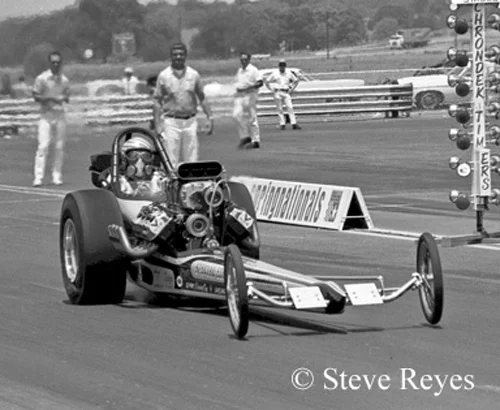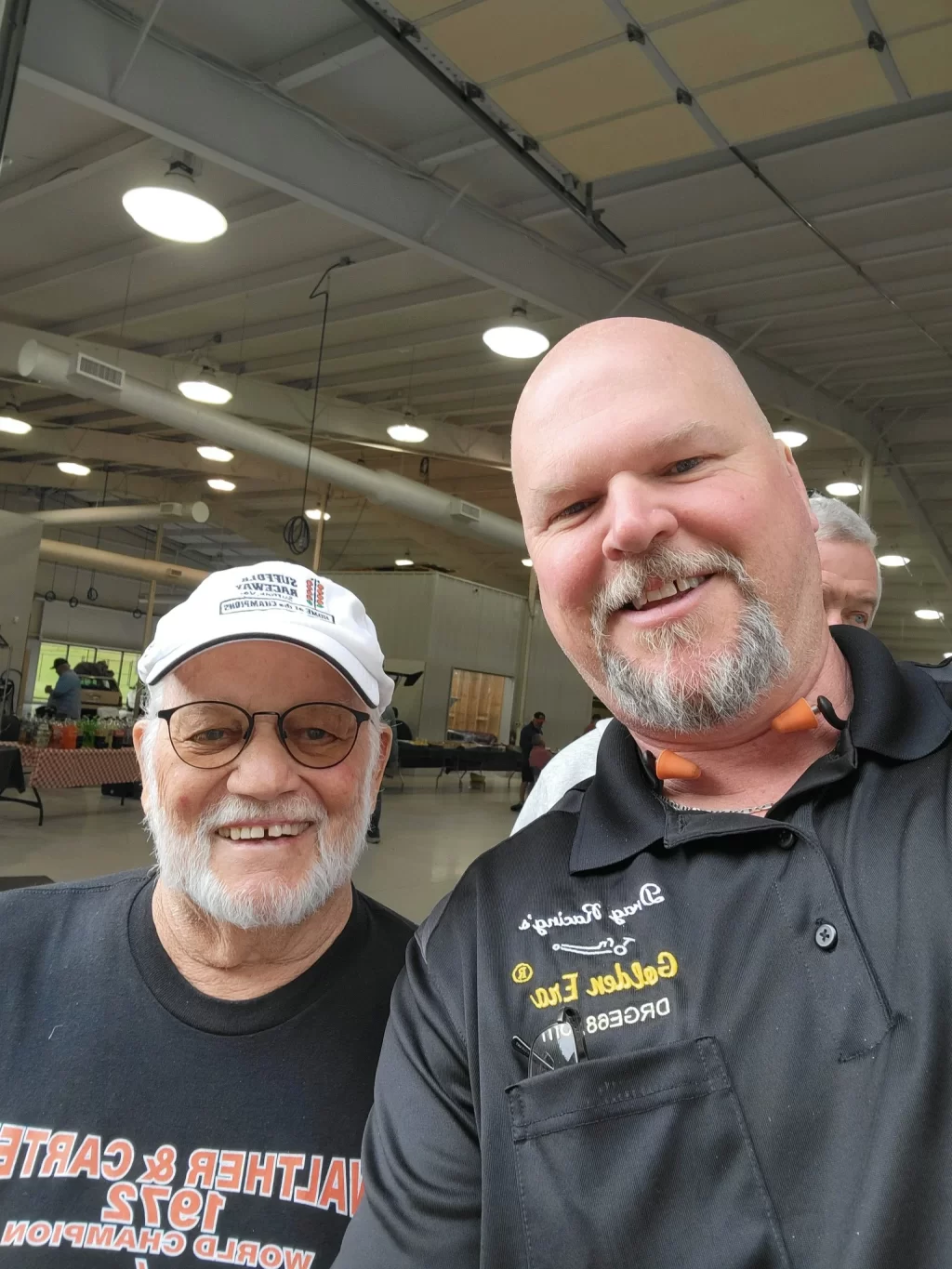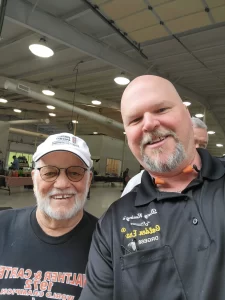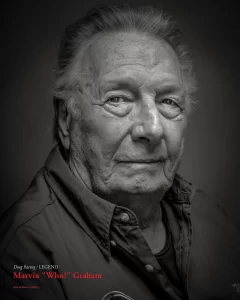The Underrated King of 1972 Top Fuel
In the high-octane world of drag racing, legends are forged in split-seconds and nitromethane-fueled firestorms. Among those who rose to glory during the golden age of Top Fuel, Jim Walther’s name may not ring as loudly as Garlits, Prudhomme, or Muldowney — but in 1972, Walther did something only a handful ever could: he claimed the NHRA Top Fuel World Championship.

Jim Walther wasn’t a flashy showman. He wasn’t backed by big sponsors or headlines. But he was fast. Deadly fast. And in 1972, consistency and cunning earned him the crown.
Racing out of Ohio, Walther came up the hard way — through local strips, bracket races, and regional battles. He ran with a lean team, relying more on grit than glitter. His car, a very early version of a rear engine top fuel dragster, was a no-frills nitro-burning machine. It lacked the flamboyance of some of the California outfits but

The 1972 NHRA season was defined by transitions. Safety concerns were rising, track conditions varied wildly, and the ever-evolving Top Fuel landscape meant reliability was just as vital as raw power.
While others chased speed records, Walther quietly racked up round wins and final appearances. He made key passes at major national events, including strong showings at the Summernationals and U.S. Nationals in Indianapolis. Though not always the fastest qualifier, Walther’s dragster was consistently dialed-in on Sunday — and in championship drag racing, Sunday is the only day that counts.
With driver skill, tuning savvy, and just the right amount of luck, Walther steadily gathered points through the season. As the year closed, he had outrun the field and secured the World Championship.

Walther’s victory was a win for the underdog — a privateer toppling the Goliaths of the sport. In an era dominated by factory teams and big-name drivers, his championship was a testament to persistence and technical mastery.
Despite the magnitude of his accomplishment, Walther never sought the spotlight. He remained humble, always crediting his crew and family. In many ways, that humility kept his name out of the broader pop culture drag racing canon, even as his accomplishments remained respected by insiders and veterans of the sport.

After 1972, Walther continued to race, but never again matched the consistent magic of that championship year. He remained active in the sport and was remembered for his professionalism and quiet authority in the pits.
Though he may not have garnered the household recognition of his peers, those who followed the NHRA circuit in the early ’70s knew the truth: Jim Walther was the real deal.

Today, Jim Walther’s 1972 Top Fuel title stands as a reminder that in motorsports, heart and hard work can beat hype. His legacy lives on in record books and in the memories of those who saw that lean, blue-collar rail tear down the quarter-mile with clockwork precision.
As the Top Fuel ranks have grown ever more corporate and commercial, Walther’s story reminds us of an era when a well-tuned Hemi, a sharp crew, and a steady hand could take a man all the way to the top of the drag racing world.
In 1972, Jim Walther didn’t just win races. He won respect — and in the unforgiving world of Top Fuel, that’s the rarest prize of all.









More Stories
JEB ALLEN
Marvin “Who?” Graham
Larry Dixon Jr.- Part 2